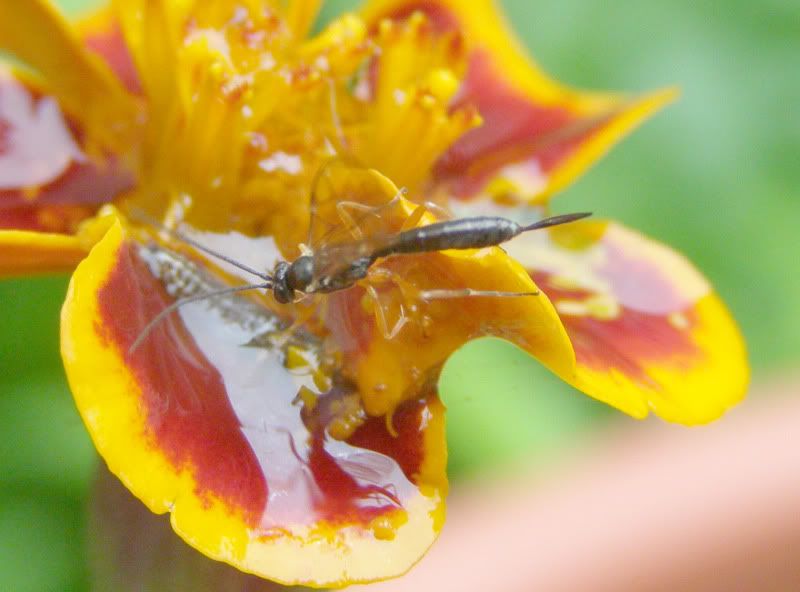
It is difficult to attract pollinators to the garden without the aid of flowering plants. Angiosperms are the most widely spread type of plant life on the earth. Thought some are self pollinating, others take advantage of the wind, but probably the most successful of the angiosperms are those that attract pollinators.
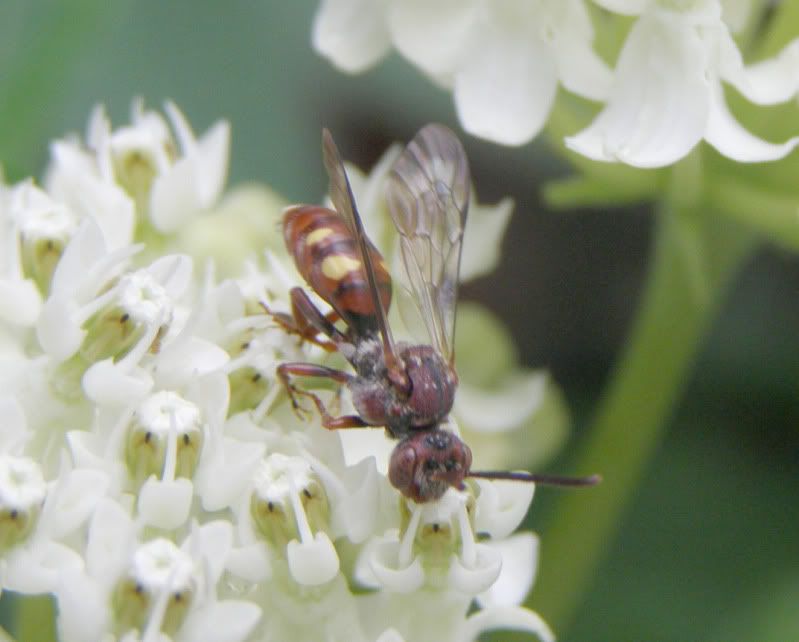
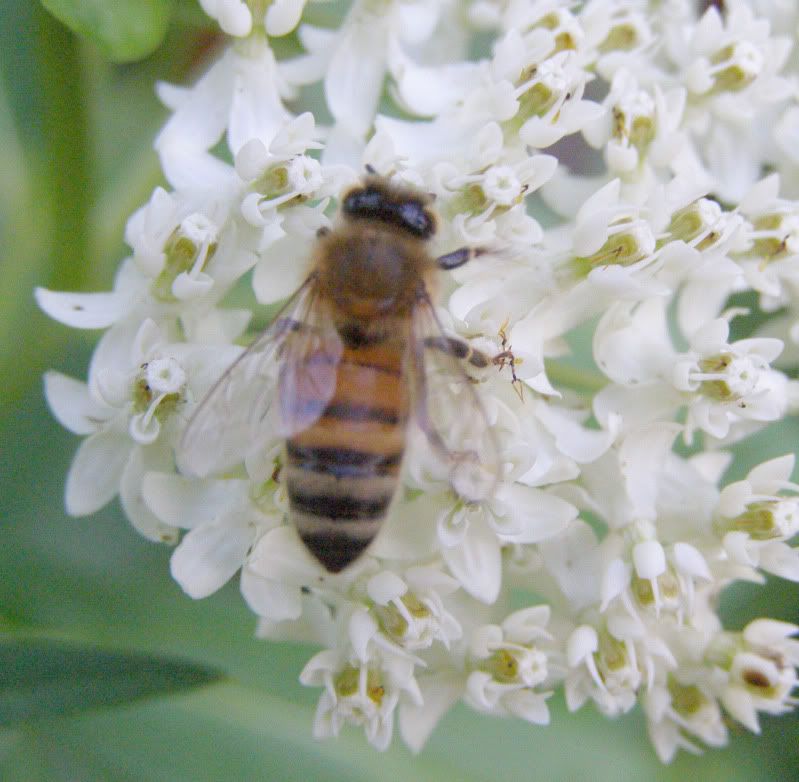


Asclepias, or Milkweeds as they're called, are some of the most popular sources of nectar and do a great job at attracting insects. They're on of North America's great prairie plants. And the bees love them. Including some in your garden will have the added benefit of getting Monarch Butterflies to lay their eggs and seeing the caterpillars develop. As a nectar source for Butterflies, well, I can say after 4 years of having these plants (including a variety named Butterfly Weed) I have never seen a butterfly on them! That's not to say it doesn't happen but it is a somewhat rare sight.

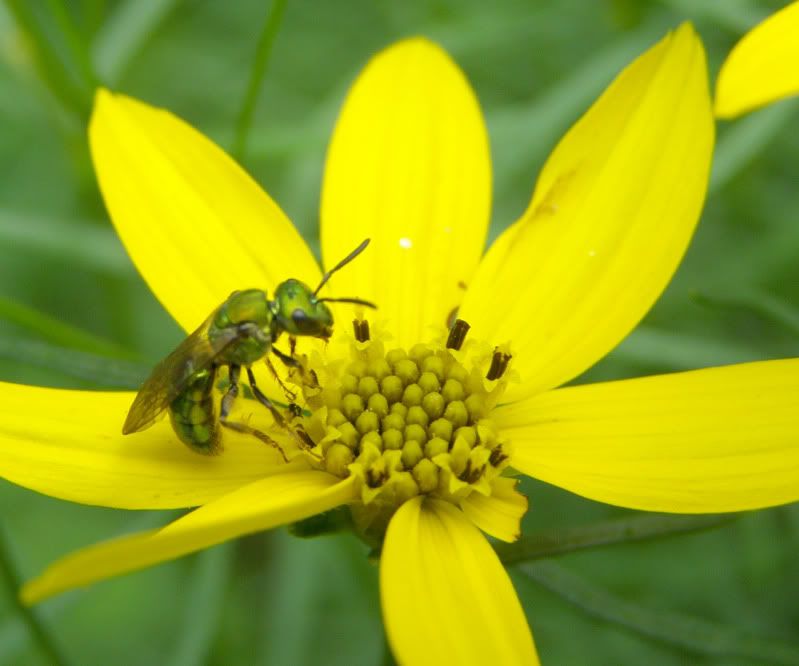
Coreopsis, also called Tickseed, is another native plant to attract pollinators. It doesn't get as many large bees on it though. Smaller Sweat bees are far more commonly seen on them. It's always beneficial to attract a diversity of pollinators to your yard. The variety of bee shapes and features helps ensure most plants and their array of flower shapes get pollinated.

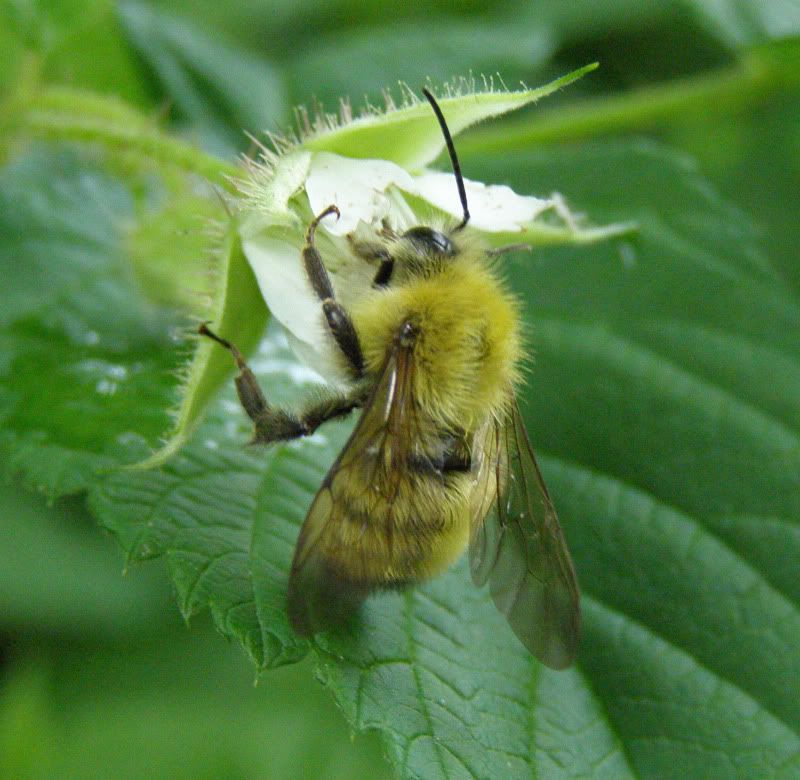
Once you've established your yard as a hot spot of nectar, other plants, such as my raspberries pictured above, will start reaking the benefits. When planted on their own they will produce enough flowers to get pollinators to them, but the added benefits of having more opertunities around will increase the over all number of pollinators. In another week or so I am going to have more raspberries than I'll know what to do with.